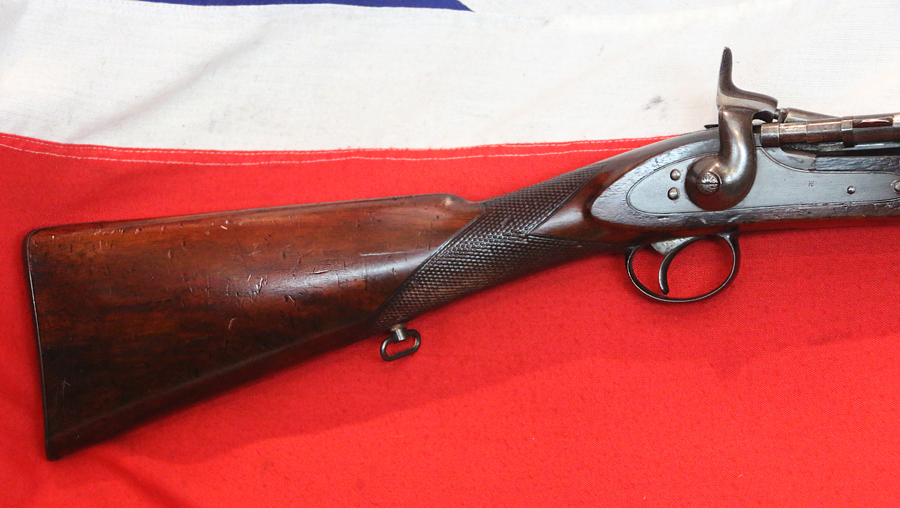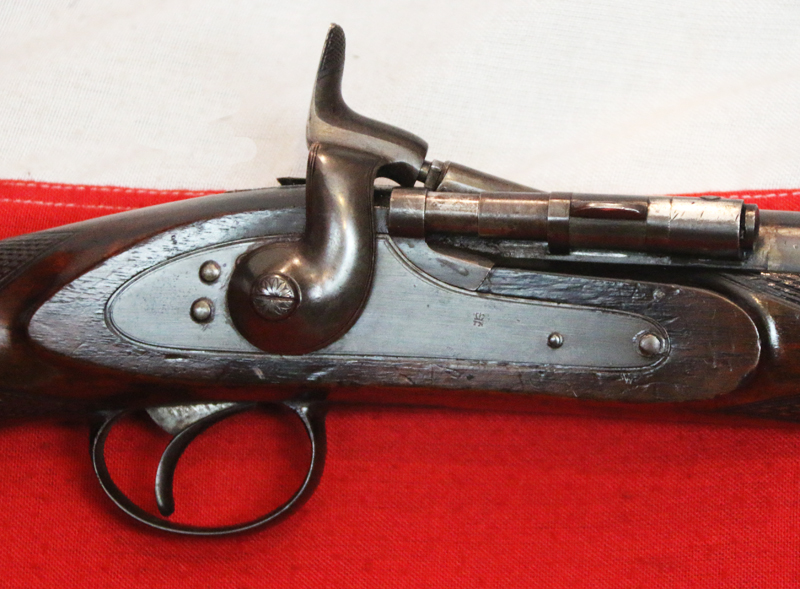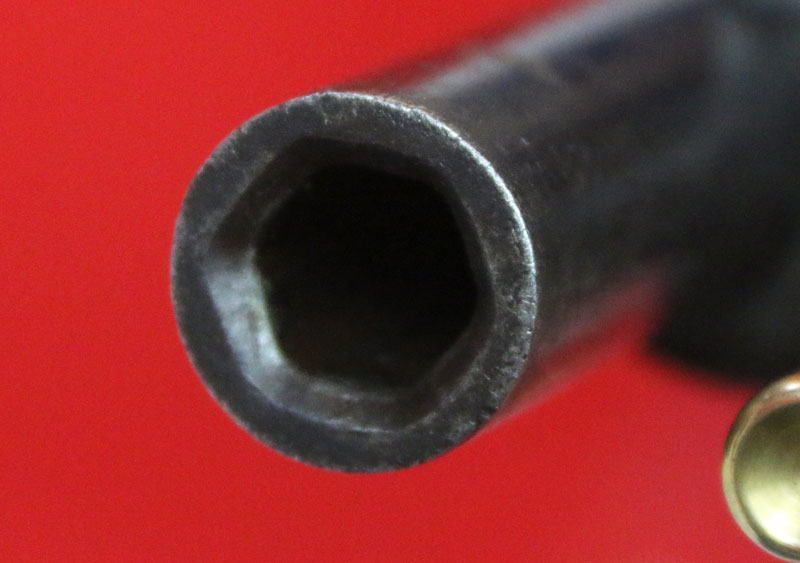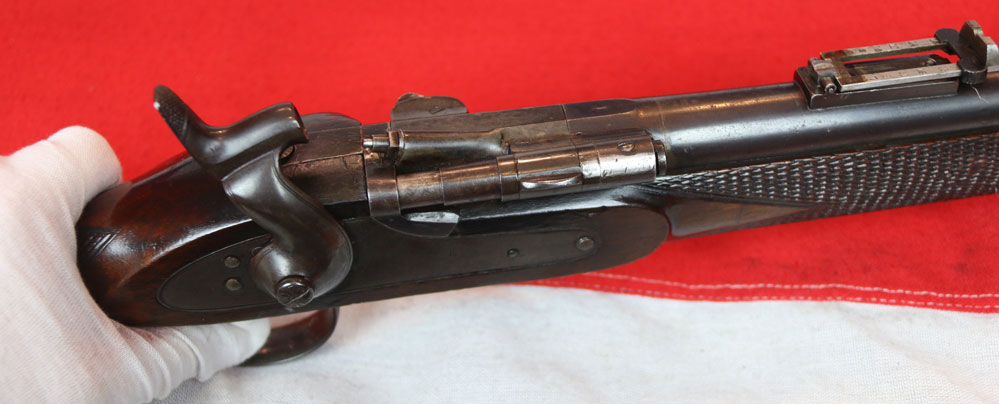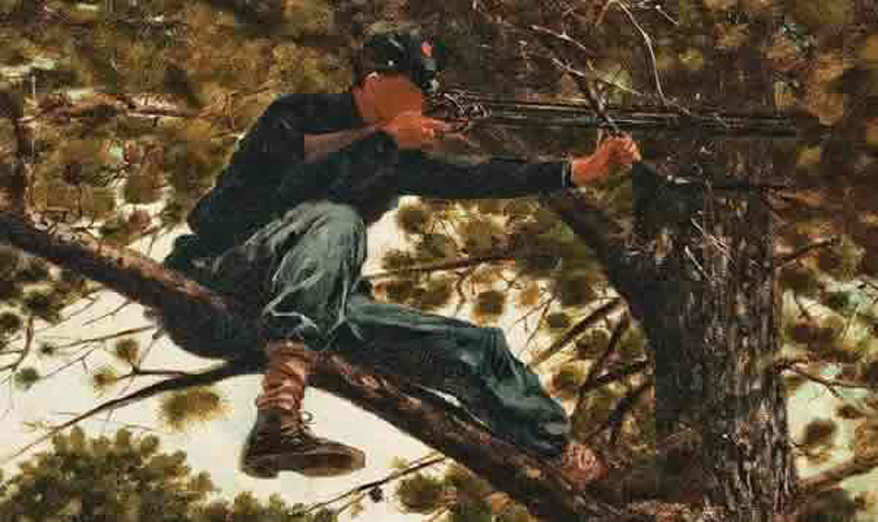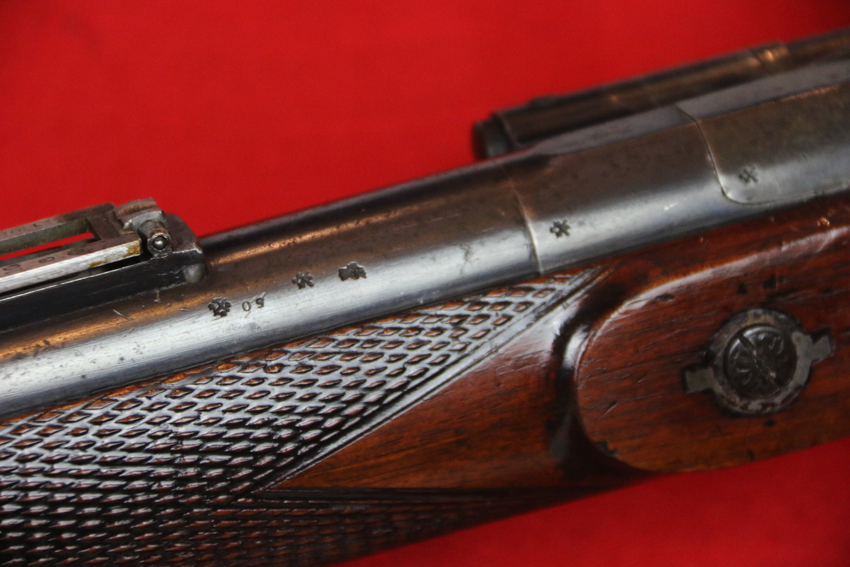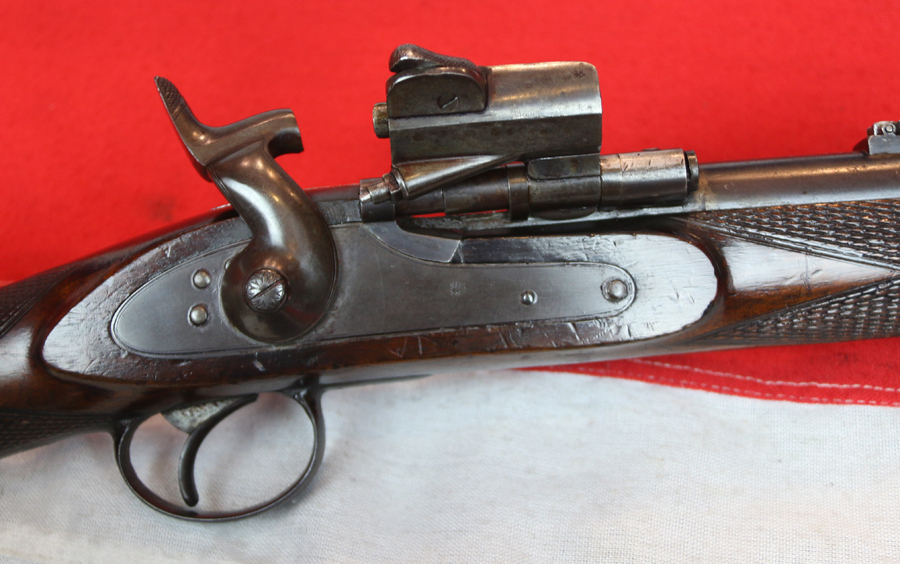A Stunning & Rare Victorian US Civil War Period 'Whitworth' Rifle, One Of The Best Condition Examples We Have Seen in Over 20 Years. The Most Desirable & Highly Prized Gun Of The American Civil War. That Could Cost Over $1,000 During The War
A rifle so highly prized for its quality of service and accuracy, it could cost, at the time, more than the value of an average home in America..
With an absolutely mouthwatering patina, as good as any Whitworth we have seen in the finest museum collections.
Serial number 198. One of the most famous types of rifles used by snipers in the US Civil War in the 1860's. In fact they can be such a significant and rare weapon that with known Confederate provenence with correct serial numbering stamping and the like a Whitworth rifle value has been known to approach $100,000 in today's collectors market. Sadly, this fabulous arm has no known provenence surviving, however, it is a most intriguing and an even rarer example in some respects, in that it was converted in the 1870's to the improved 'Snider' breech loading configuration. We have never seen another surviving example of a Snider converted 'Whitworth' rifle before in over 50 years.
A once recorded story of sniper and his Whitworth was detailed below;
‘From hundreds of yards away, a Confederate sharpshooter carefully aimed his prized Whitworth, the crosshairs of its Davidson telescopic sight outlined against the ramparts of Fort Stevens in Washington, D.C. Through the scope fitted to the left side of the stock his eye scanned the ample crowd of Union soldiers and plucky civilians who had ventured by, hoping to observe warfare up close. Suddenly, the shooter’s attention shifted to a tall bearded man wearing a stovepipe hat, realizing it was that Yankee president, within easy range of his English-made precision rifle. As he prepared to fire though, a Federal officer dragged Abraham Lincoln out of view.’
When issued, the rifles came with specific rules of engagement. The Whitworth sharpshooter would only use his gun against high-value targets. Artillery positions, cavalry scouts, exposed officers, and enemy sharpshooters were fair game. Furthermore, they were free to operate independently, choosing their own targets and locations on the battlefield. Some Confederate generals, especially Maj. Gen. Patrick Cleburne of the Army of Tennessee, consolidated their sharpshooters into dedicated companies, using them to divert enemy forces where needed.
While many high-ranking Union officers had fallen victim to sharpshooters armed with Whitworth rifles, Maj. Gen. John Sedgwick, in command of the 6th Corps at Spotsylvania, was the most noteworthy witness to their effectiveness. Sedgwick was no stranger to enemy bullets, having been wounded several times prior to Spotsylvania. Ironically, he was hit, but not injured, by a spent bullet on May 8, 1864. The next day, his luck ran out.
The story of the Whitworth and the Civil War; What the Confederacy needed as it prepared for war was a means of equalizing the disparity in arms fielded by the industrially superior North. Unable to produce what they needed, the South looked abroad. Arms buyers secretly visiting Great Britain obtained contracts for hundreds of thousands of regular P1853 Enfield rifles, and many other munitions that could be sent home by blockade-runners. But the available Whitworths were costly and difficult to come by.
Under wartime conditions, the price of a Whitworth rifle quickly jumped from $100 to $500, then again to $1,000 an expensive proposition considering how many regular muskets and rifles that same sum could buy, a Colt revolver in 1863 for example was just $20, and that was considered an expensive pistol at the time. $1,000 then was a simply mind boggling sum by today's standards.
The Whitworth projectiles were made by ‘swaging’, a unique forging process that were difficult for the South to manufacture, so cylindrical bullet moulds were added to shipments to supplement the smaller stores of hexagonal ammunition. These cylindrical moulds then went to Southern arsenals to produce additional loads for distribution, once the British rounds had run out.
Overall 52 inches long
As with all our antique guns no license is required as they are all unrestricted antique collectables
Code: 23154
5750.00 GBP


